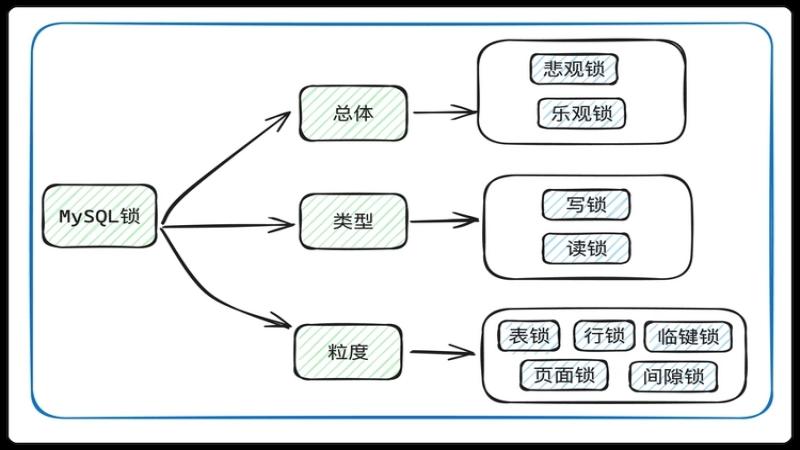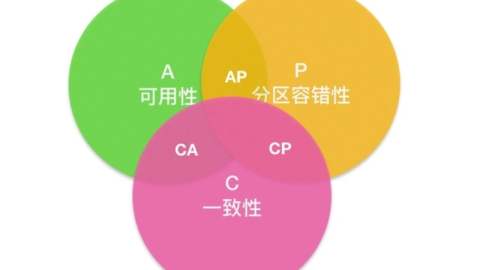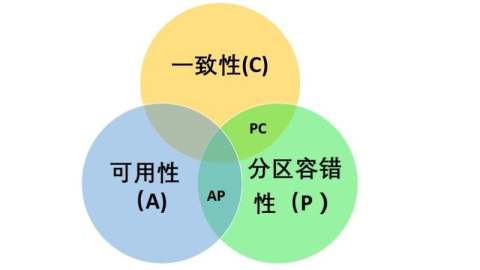转载声明:文章来源https://blog.csdn.net/qq_53793319/article/details/140756770
乐观锁和悲观锁是并发控制的一种机制,用于多线程或多进程环境下对共享资源的访问管理,以防止数据不一致或竞态条件。它们的主要区别在于对待冲突的策略。
一、悲观锁(Pessimistic Locking)
悲观锁是一种对资源持有较悲观态度的锁定方式。它假设数据在并发访问时极有可能发生冲突,因此每次访问数据时都会先加锁,以确保其他线程不能访问此数据直到锁被释放。主要特点包括:
1、锁定机制:一旦线程获得锁,其它尝试获取锁的线程都会被阻塞,直到锁被释放。常见的实现方式是数据库中的行级锁、表级锁或行级锁等。
2、适用场景:在高并发、数据竞争激烈的场景中使用,如金融交易、库存管理等。这类场景下,冲突发生的可能性很高,所以加锁确保数据的一致性。
3、 缺点:
(1)可能导致系统吞吐量降低,因为锁定机制会阻止其他线程并发访问资源。
(2)容易产生死锁(Deadlock),如果锁的持有和释放管理不当,会导致系统无法继续运行 。
4、代码示例 :
public class BankAccount {
private double balance;
public BankAccount(double initialBalance) {
this.balance = initialBalance;
}
// 同步方法,用于存款
public synchronized void deposit(double amount) {
double newBalance = balance + amount;
balance = newBalance; // 更新余额
System.out.println("存款: " + amount + ", 余额: " + balance);
}
// 同步方法,用于取款
public synchronized void withdraw(double amount) {
if (balance >= amount) {
balance -= amount;
System.out.println("取款: " + amount + ", 余额: " + balance);
} else {
System.out.println("余额不足");
}
}
// 同步方法,获取余额
public synchronized double getBalance() {
return balance;
}
public static void main(String[] args) {
BankAccount account = new BankAccount(1000);
// 创建线程执行存款操作
Thread depositThread = new Thread(() -> {
account.deposit(200);
});
// 创建线程执行取款操作
Thread withdrawThread = new Thread(() -> {
account.withdraw(150);
});
depositThread.start();
withdrawThread.start();
}
}二、乐观锁(Optimistic Locking)
乐观锁则持相对乐观的态度,假设并发操作冲突的可能性较小,因此不会主动加锁,而是进行数据版本检查来决定是否提交操作。主要特点包括:
1、版本控制:乐观锁一般通过版本号或时间戳等机制来实现。在数据读取时,获取当前版本号,在数据更新时,检查版本号是否与之前读取时的一致。如果一致,表示没有其他并发操作修改过数据,可以提交;否则,操作失败,通常需要重试。
2、 适用场景:适用于读操作多、写操作少的场景,如一些阅读类应用、CMS系统等。因为这些场景下,冲突发生的概率较低,乐观锁可以提高系统的并发性。
3、优点:
(1)提高系统并发性能,因为不需要加锁阻塞其他线程。
(2)减少死锁的风险,因为不使用显式锁定。
4、缺点:
(1)在并发冲突频繁的场景下,可能会导致大量重试操作,影响性能。
(2)需要开发人员显式管理版本控制机制,增加开发复杂度。
5、代码示例:
实体类:
import javax.persistence.Entity;
import javax.persistence.GeneratedValue;
import javax.persistence.GenerationType;
import javax.persistence.Id;
import javax.persistence.Version;
@Entity
public class Product {
@Id
@GeneratedValue(strategy = GenerationType.IDENTITY)
private Long id;
private String name;
private int quantity;
@Version
private int version;
// getters and setters 省略
}Repository接口:
import org.springframework.data.jpa.repository.JpaRepository;
public interface ProductRepository extends JpaRepository<Product, Long> {
}
服务类:
import org.springframework.beans.factory.annotation.Autowired;
import org.springframework.stereotype.Service;
import org.springframework.transaction.annotation.Transactional;
@Service
public class ProductService {
@Autowired
private ProductRepository productRepository;
@Transactional
public void updateProduct(Long productId, int newQuantity) {
Product product = productRepository.findById(productId).orElseThrow(() -> new RuntimeException("产品没找到"));
product.setQuantity(newQuantity);
productRepository.save(product);
}
}测试乐观锁:
import org.springframework.beans.factory.annotation.Autowired;
import org.springframework.boot.CommandLineRunner;
import org.springframework.stereotype.Component;
@Component
public class OptimisticLockTestRunner implements CommandLineRunner {
@Autowired
private ProductService productService;
@Override
public void run(String... args) throws Exception {
Long productId = 1L;
// 模拟第一个事务
new Thread(() -> {
try {
productService.updateProduct(productId, 50);
System.out.println("线程1: 产品更新成功");
} catch (Exception e) {
System.out.println("线程1: " + e.getMessage());
}
}).start();
// 模拟第二个事务
new Thread(() -> {
try {
Thread.sleep(1000); // 保证第一个事务先执行
productService.updateProduct(productId, 100);
System.out.println("线程2: 产品更新成功");
} catch (Exception e) {
System.out.println("线程2: " + e.getMessage());
}
}).start();
}
}





帖子还没人回复快来抢沙发